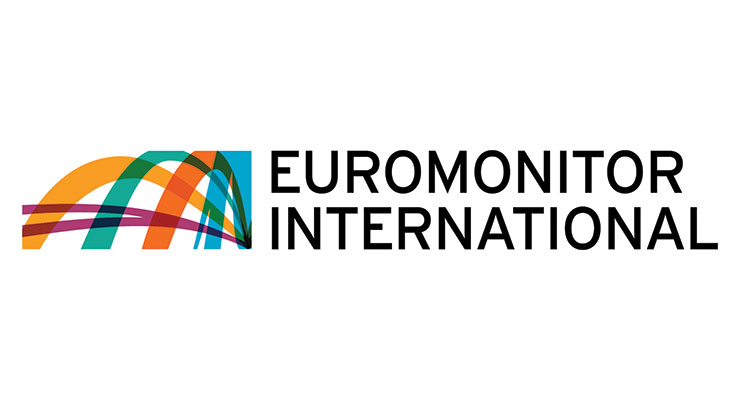Michelle Evans, Senior head of digital consumer, Euromonitor International11.30.20
Covid-19 accelerated e-commerce adoption, with many consumers experimenting and even becoming reliant on the digital channel while in isolation. The pandemic caused drastic travel restrictions and non-essential business closures, driving seismic shifts in how and where consumers spend their money.
Consumers had no choice but to turn to the digital channel as brick-and-mortar stores closed during the height of outbreaks. Even though certain physical outlets remained open, shopping behaviors were changing.
Euromonitor International's report, "The Digital Consumer Journey: Who is Behind the E-Cosmetics Surge?" identifies the factors influencing the digital transformation of the path to purchase and how the consumers driving this change can help businesses take decisive action to remain competitive.
Consumers Research Beauty Products Online as Much as In-Store
The beauty, health and personal care category has been slower to embrace the digital shift. E-commerce accounted for only 11% of sales across beauty, health and personal care products in 2019.When compared to the other four product and service categories analyzed in this report, beauty, health and personal care was the only one that did not achieve a double-digit increase in the percentage of connected consumers making digital purchases from January to March 2020. Slightly more than half of connected consumers used a digital channel to execute a beauty, health or personal care purchase, and 61% used digital during the research step in March 2020.
Products sold in this category still heavily rely on store-based retailing. The minimal online penetration of these products meant that e-commerce could not offset the impact of brick-and-mortar stores shutting down and the subsequent shift to digital. Physical stores remain the most popular channel for both researching and purchasing beauty, health and personal care products, though digital is rising. In fact, Covid-19 drove connected consumers to research such products online as much as in store for the first time.
Livestreaming Gains Traction in Beauty
Though still an emerging concept, livestreaming is a key digital tool beauty brands are leveraging as a new form of engagement. This concept has seen the greatest uptake among younger cohorts as well as emerging markets. China is leading the way, with 43% of 15- to 29-year-olds livestreaming compared to 19% of the same cohorts in the U.S. and UK.Alibaba’s Taobao Live platform is the undisputed leader of commerce livestreams, but other platforms in Asia added capabilities in 2020. Livestreaming is starting to move West with the likes of Amazon and Facebook making related announcements in mid-2020 as well. Beauty brands are tapping into this technology to engage their audiences.
Unprecedented channel shifts that unfolded during the pandemic required significant and strategic changes to meet sudden demands. Adapting marketing and operations was often not enough. Companies quickly implemented alternative business models, rethought the role their assets like physical stores could play or entered partnerships to drive new revenue streams. Companies will need to continue reevaluating such decisions as commerce shifts to digital in the years ahead.




















